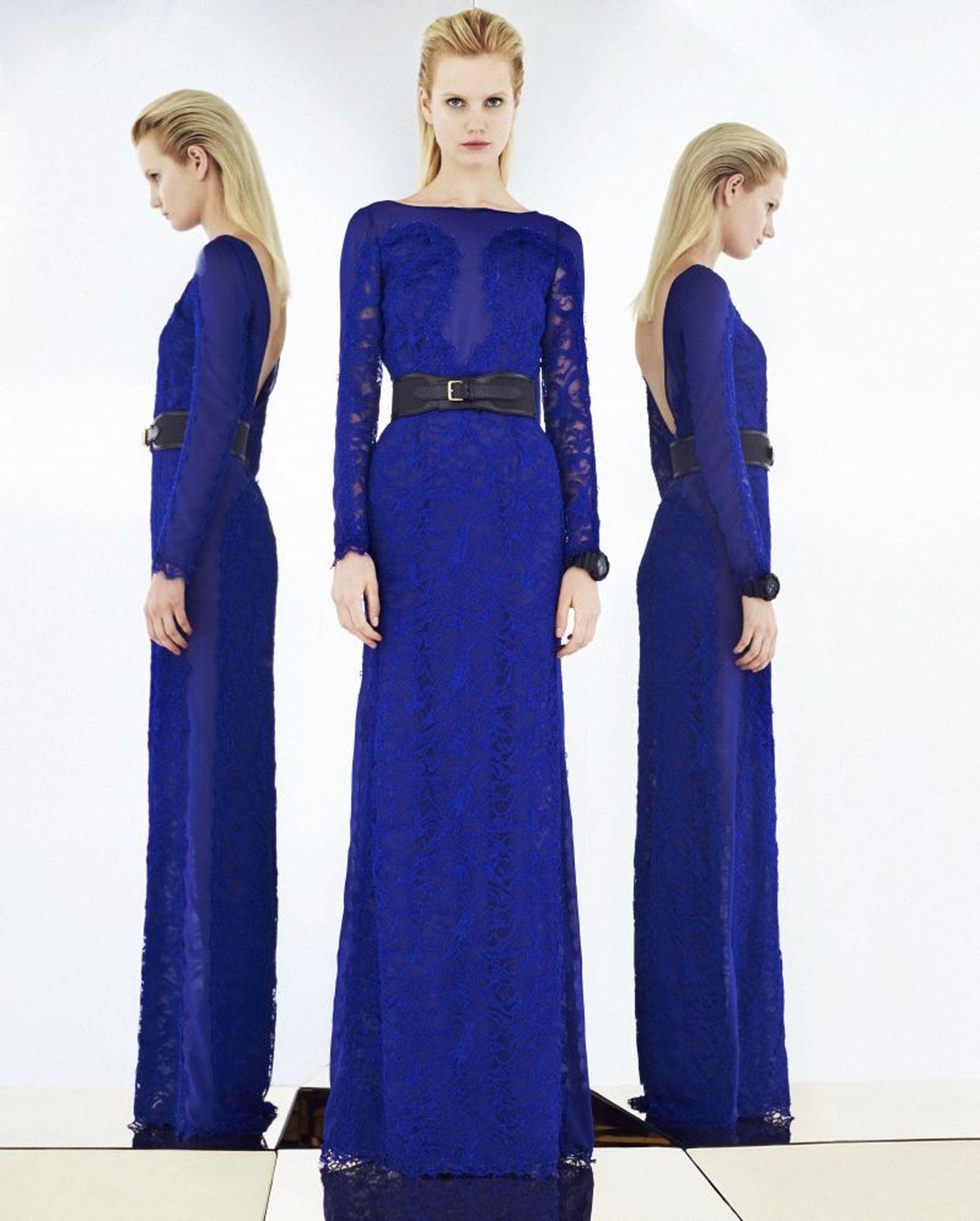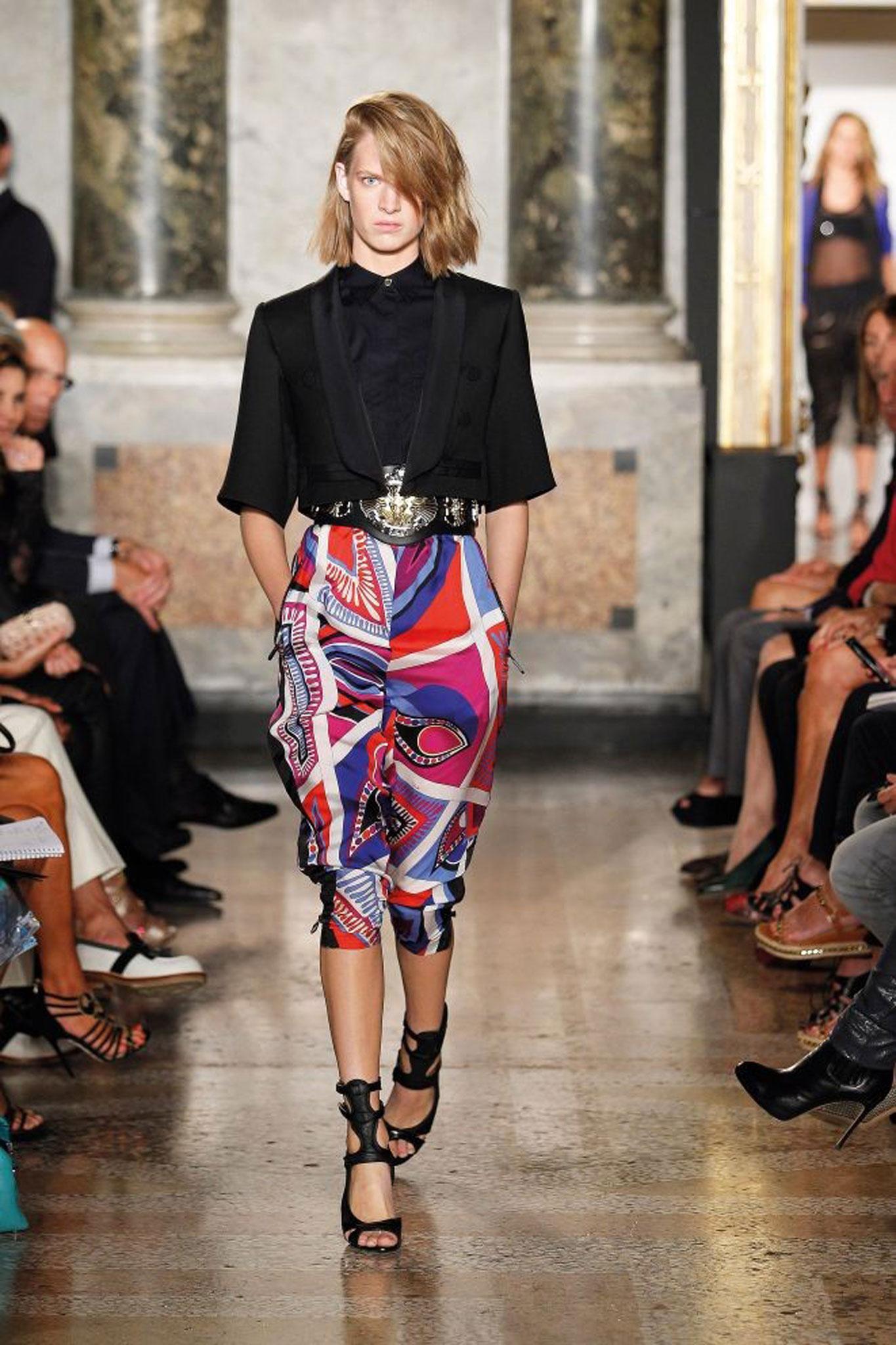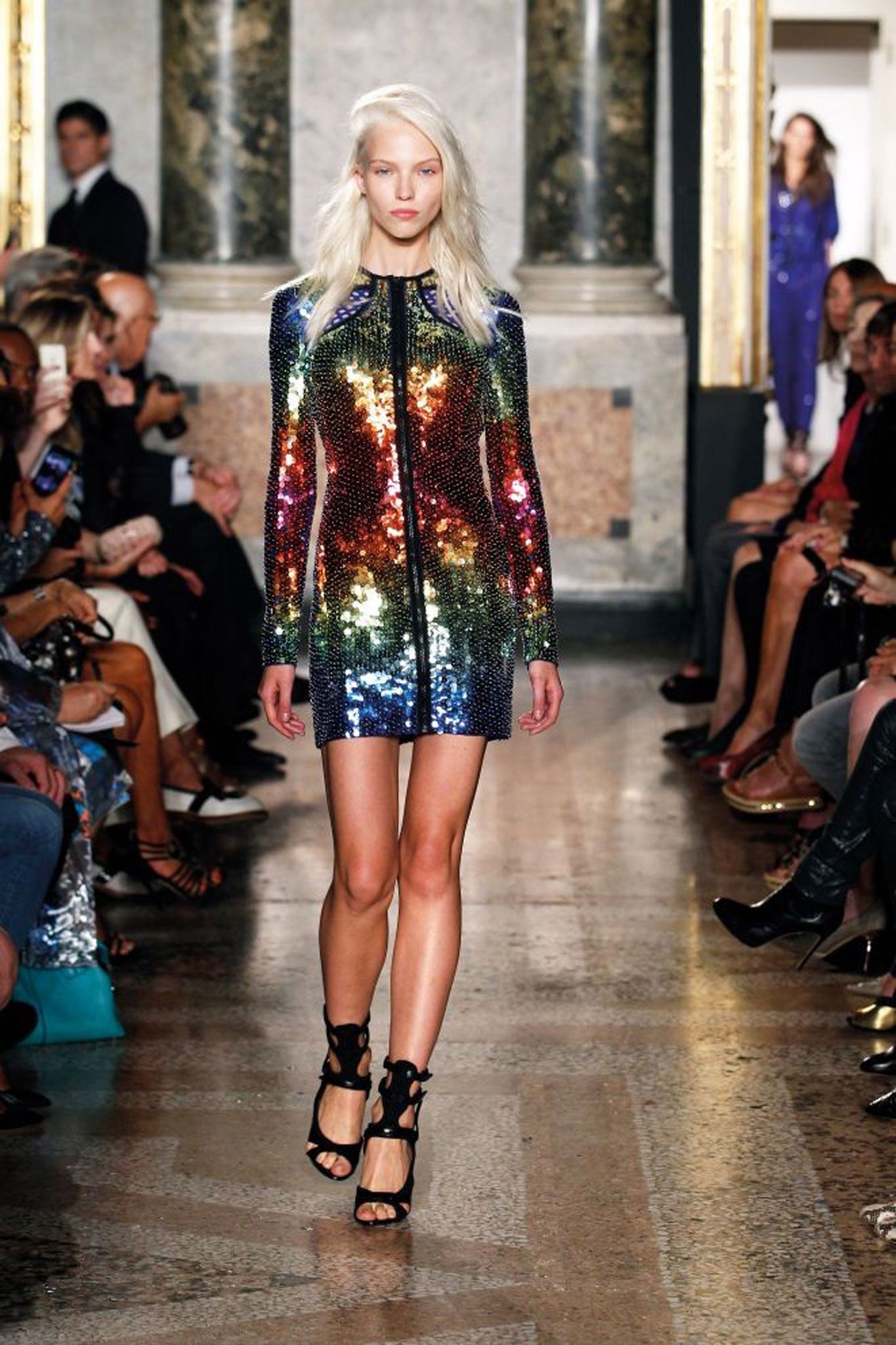Peter Dundas the great: Meet the man credited with bringing sexy back to Pucci
Your support helps us to tell the story
From reproductive rights to climate change to Big Tech, The Independent is on the ground when the story is developing. Whether it's investigating the financials of Elon Musk's pro-Trump PAC or producing our latest documentary, 'The A Word', which shines a light on the American women fighting for reproductive rights, we know how important it is to parse out the facts from the messaging.
At such a critical moment in US history, we need reporters on the ground. Your donation allows us to keep sending journalists to speak to both sides of the story.
The Independent is trusted by Americans across the entire political spectrum. And unlike many other quality news outlets, we choose not to lock Americans out of our reporting and analysis with paywalls. We believe quality journalism should be available to everyone, paid for by those who can afford it.
Your support makes all the difference.The image of the playboy designer has long been one associated with Pucci. The brand, founded in Florence by Emilio Pucci, conjures up romantic images of glamorous young women onboard a yacht, their foulard-print silk wafting in the breeze, teamed with oversize shades and frosted eyes, lips, everything.
While the scarf prints that fill archives at the brand's headquarters, Palazzo Pucci in Florence, remain the sort of luxury that ladies of a certain age covet, the brand's current creative director, Peter Dundas, has his sights set on their daughters and granddaughters. Since he took the reins five years ago, the Norwegian-born designer has brought sexy back to the house of Emilio Pucci, with the approval of the family to whom he must answer – namely Laudomia Pucci, daughter of Emilio and image director for the brand – and the editors of glossy magazines everywhere.
During Milan Fashion Week, Miuccia Prada, Jil Sander and Marni may provide intellectual fashion, but they are in the minority. Instead, most Italian brands take a more-is-more approach to glamour, sex and excess. That 'molto' frame of mind has allowed names such as Pucci, Gucci, Roberto Cavalli and Dolce & Gabbana to become some of the most successful and world-renowned. In that context, Dundas's traditional Norwegian upbringing, by a widowed father, is something of a surprise.
"My mother died when I was three years old," says 44-year-old Dundas when I meet him in London. "She was a very glamorous woman, an American. The memory that my father communicated to me painted a portrait of her as being a different kind of woman to those I saw every day. This idea fuelled a fantasy of the different kind of lifestyle and the different kind of look that was normal [in Norway]. That, combined with the images I was exposed to, shaped my ideal of a woman."
Bearing in mind Dundas's sexy aesthetic, this could sound a tad Oedipal, but he is quick to assert: "It was a long time ago now, and luckily I have my girls and my muses today that inspire me more than my mother. I don't know whether that would be the best inspiration," he jokes.
"I had a grandmother who designed clothes as well, and that was a great part of growing up – to have women who liked elegance and strived for that. Then we had this single father who had no clue how to dress us."

Dundas's father enforced a rather traditional Norwegian upbringing, encouraging his son in outdoor pursuits rather than watching old movies on TV. "I grew up as a typical Norwegian boy," but with atypical circumstances because I grew up with a single father, who with his absence and lack of knowledge of parenting let us do our own thing, and left us on our own." Dundas began making his own clothes – customising items in order to create something more than his father, "who had no clue how to dress us", provided.
At the age of 14, Dundas moved to Indiana to live with members of his maternal family, who he describes as "classic, conservative, upper-class Americans" and credits with exposing him to a different wardrobe culture that informs what he does today. The traditional, academically-focused environment was something of a surprise for the boy from Norway: "I think I got voted 'most punk' when I was in high school there – I didn't feel very punk but that's what they thought I was," he laughs.
After a gap year working as a bartender in Norway, Dundas returned to America to study at the prestigious Parsons School of Design in New York: "A tough school, it gave me lots of good skills – pattern cutting, illustration. The people I work with today share that high standard with me, and I'm quite demanding. I like jackets to be well cut, and the drape of a dress to be perfect."
On graduating from Parsons, Dundas moved to Paris to work as an assistant costume designer for the Comédie-Française, before becoming design assistant to Jean Paul Gaultier. After eight years with Gaultier, Dundas worked for Christian Lacroix for two years, then Roberto Cavalli, and later became creative director of Emanuel Ungaro, of which he has previously said he was most proud.
In October 2008, Dundas's impressive CV led to his appointment as artistic director of Pucci, replacing Matthew Williamson, a decision that was approved by Laudomia Pucci and parent company LVMH, which bought 67 per cent of shares in 2000. At the time, LVMH praised Dundas as: "One of the most promising designers of his generation, [who] possesses a creative talent and personality that fit with Pucci's spirit and with its colourful and modern identity."

A recent plan of expansion and reinvigoration of the brand has seen stores open on Avenue Montaigne in Paris and Miami's design district this year, with plans for plenty more afoot. Dundas's step away from the swirling prints of the house's founder and towards a younger clientele has been applauded by many in the industry. "I've always tried to work with [the archives] in a very light-handed way. I don't want to cripple myself with them, so that they become a heavy burden to carry forward, but also it was my job to take the house forward with them as well. I try to stay respectful to the DNA of the house, and I love the tradition, but it's my job to change it."
As such, Dundas uses original prints as inspiration – working with textures and fabric technology to create a multi-dimensional take on the traditional. He also looks for inspiration in his own life – scuba diving and his cottage in Greece have been starting points for previous collections – and the lives of the women, or girls, as he has been known to call them, for whom he designs.
Dundas has something of a playboy image within the industry – every profile of the designer comes with a requisite reference to his stature, his looks, and his louche style (for the record: over six foot; blond curls, broad smile; open shirts and sunglasses respectively) – and, indeed, remarks like "I do my best work in bed" can only help to paint that picture. But that belies the sense of duty with which he approaches his work – living in Florence during the week, where Pucci is based, may not seem an exceptional commitment, but it is one that his predecessor did not make.
"It's been a great gift to be there," explains Dundas. "It really helped when I first started at the house, to permeate the atmosphere of the Pucci Palazzo and really shape this woman in my mind, that rebel aristocrat that had this exciting life travelling, to hear about Emilio Pucci's history and why he was who he was – somebody who travelled a lot and was a sportsman."

Modern-day marketing tactics seem to make lifestyle brands out of anyone creative, something which appeals to Dundas, who designed costumes for Beyoncé's 'Mrs Carter' tour, and dresses actresses, singers and socialites for the red carpet. But Dundas seeks a more collaborative approach than just sending samples to the stylists to the stars – working with his muses to inform his design process, partying with those who wear his clothes to really get under their skin and in to their mind-set.
"There are different ways of empowering women, giving her confidence, making her feel desirable, to make her shine. I don't dress women from an intellectual approach, because I don't think that's my best quality." Perhaps this is a reaction to the years where Dundas felt he had "intellectual obligations to pursue".
"I thank God people take fashion seriously," he says. "I think a woman who looks good on the outside, feels good on the inside – that's my approach. I try to make women feel the best that they can be. It's important in fashion to provoke emotions and hopefully some of those are joy".
Dundas: a life in fashion
1969: Born in Oslo, Norway
1984: Moves to Indiana to live with his late mother’s family
1990: Graduates from Parsons School of Design in New York
1992: Joins Jean Paul Gaultier as his first assistant
2000: Designs for Christian Lacroix
2002: Becomes chief designer at Roberto Cavalli
2005: Appointed creative director of Emanuel Ungaro
2008: Becomes creative director of Emilio Pucci
Join our commenting forum
Join thought-provoking conversations, follow other Independent readers and see their replies
Comments